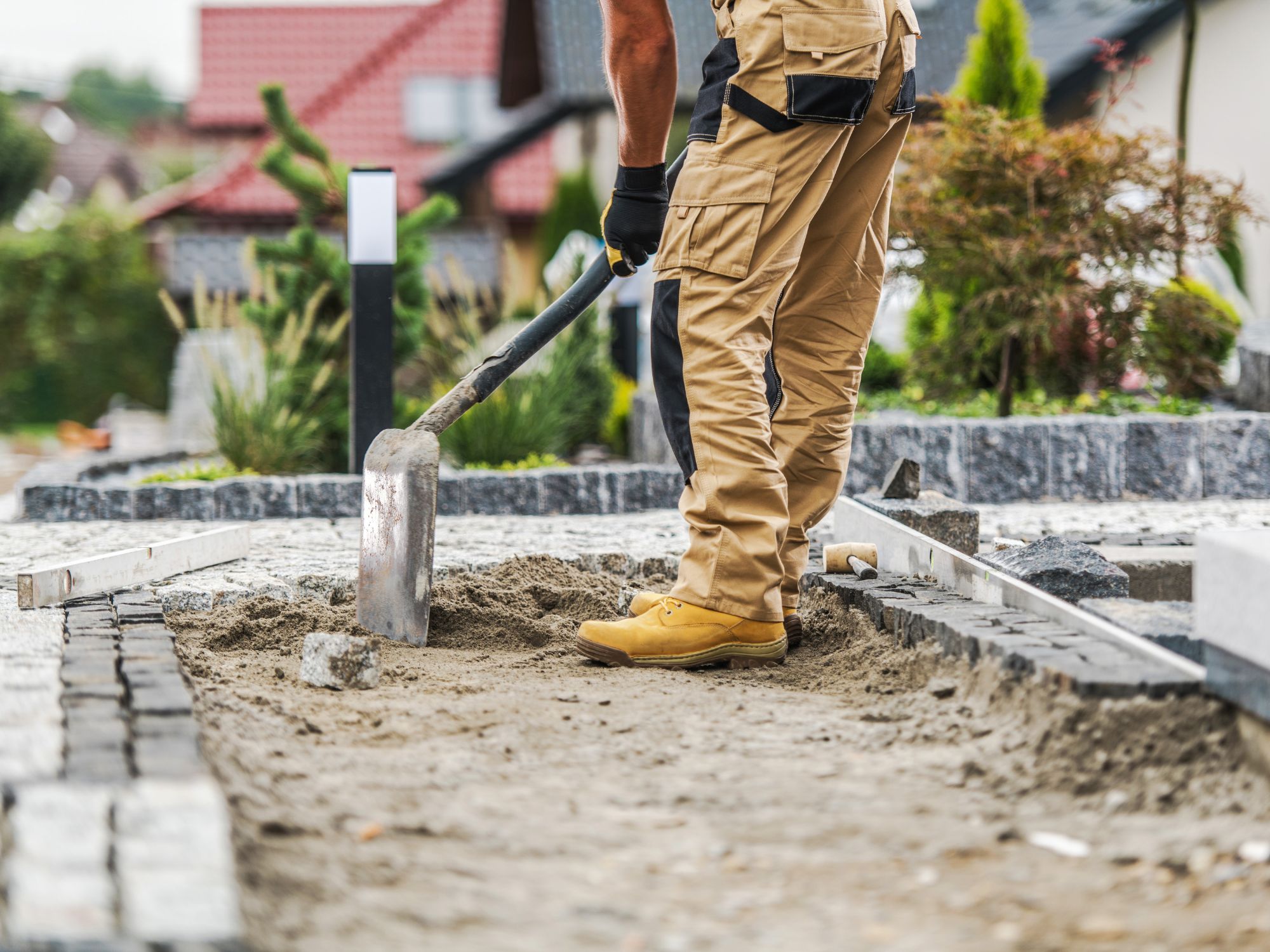A Comprehensive Guide to Sands
Sands are a common and valuable commodity in landscaping, serving various purposes from structural support to aesthetic enhancement. Each type of sand has unique properties and benefits, making them essential components in creating functional and visually appealing landscapes. With so many options and varieties out there, however, you may be left scratching your head as to which type to use for your particular project! In this guide, we delve into five distinct types of sands that we stock in bulk and are commonly used in landscaping to help you discover what you need for your next outdoor job. They include Brickies Sand, Underslab Sand, Washed Pit Sand, Paver Bedding Sand, and White Sand. Lets go!….
1. Brickies Sand – Fine grain, typically with some clay content which allows the sand to become stickier and more workable when mixed with cement. Brickies sand is primarily used for bricklaying and masonry work. The fine texture allows for excellent compaction and provides a stable, level base for bricks and blocks. It’s also suitable for rendering and plastering applications where a smooth finish is needed.
2. Underslab Sand – Coarse and well-graded, allowing for good drainage. Underslab sand is designed to be compacted beneath concrete slabs to provide a stable foundation. Its excellent compaction properties help in preventing settling and unevenness in the slab over time. It also facilitates drainage, which is crucial for maintaining the integrity of the concrete structure. Can also be used as a cheap sand fill product.
3. Washed Pit Sand – Fine, with varying particle sizes and typically free of organic matter. Washed pit sand is versatile, commonly used as a general-purpose construction sand. Its clean composition makes it ideal for use in filtration systems and as a base material for landscaping projects. Washed Pit Sand is a popular choice for lawn topdressing, filling holes or levelling lawns out. Great for kid’s sand pits and perfect for building sandcastles as it retains moisture well.
4. Paver Bedding Sand – Coarse grain, well-graded, and often washed. Paver bedding sand is specifically designed for laying and bedding pavers, bricks, and other types of stone. The even texture and ability to compact tightly ensure a stable base that helps prevent movement and settling of the paving stones. It also allows for proper drainage, which is essential for maintaining the longevity of the paved surface. Paver Bedding Sand can also be incorporated into garden soils to add valuable drainage properties where required. It is also commonly used in DIY concreting where extra strength from a coarse sand component is required.
5. White Sand – Very fine-grained and often sparkling due to high quartz content. White sand is prized for its aesthetic appeal and is commonly used in decorative landscaping. It adds a bright, luxurious look to gardens, Zen spaces, and tropical-themed landscapes. Used by bricklayers wanting a pure white sand and in kids sand pits, schools and kindergartens. Our variety comes from Ballina.
Sands are readily available and easy to work with, making them popular choices for both DIY enthusiasts and professional landscapers. Remember to select sands based on their intended use and compatibility with other materials in your landscaping project. Preparing the base before laying your chosen sand is important to ensure even distribution and stability. Sand can be a beneficial addition to your soil bed, by creating pockets of air to increase aeration and loosen up the soil. However, it can also suppress the soil’s ability to absorb water. Using sand in soil depends upon what plant is being gardened, consult with us at Cobble Patch to decide whether sand could support your plants and soil.
Understanding the properties and uses of different types of sand empowers you to make informed choices when planning and executing your landscape designs. Whether you’re building a patio, creating pathways, designing a tranquil garden retreat or developing a play space for the kids – incorporating the right sand ensures your outdoor space is not only beautiful but durable and sustainable for years to come.

